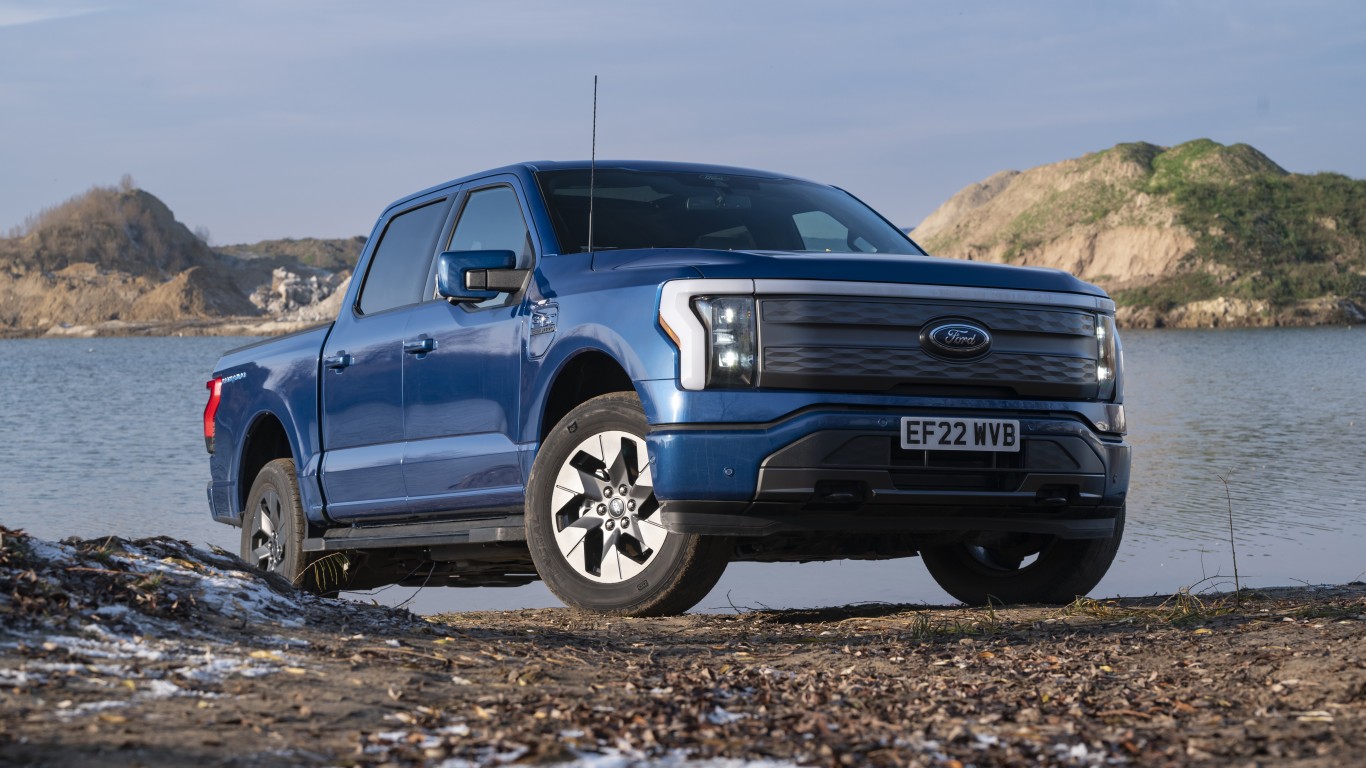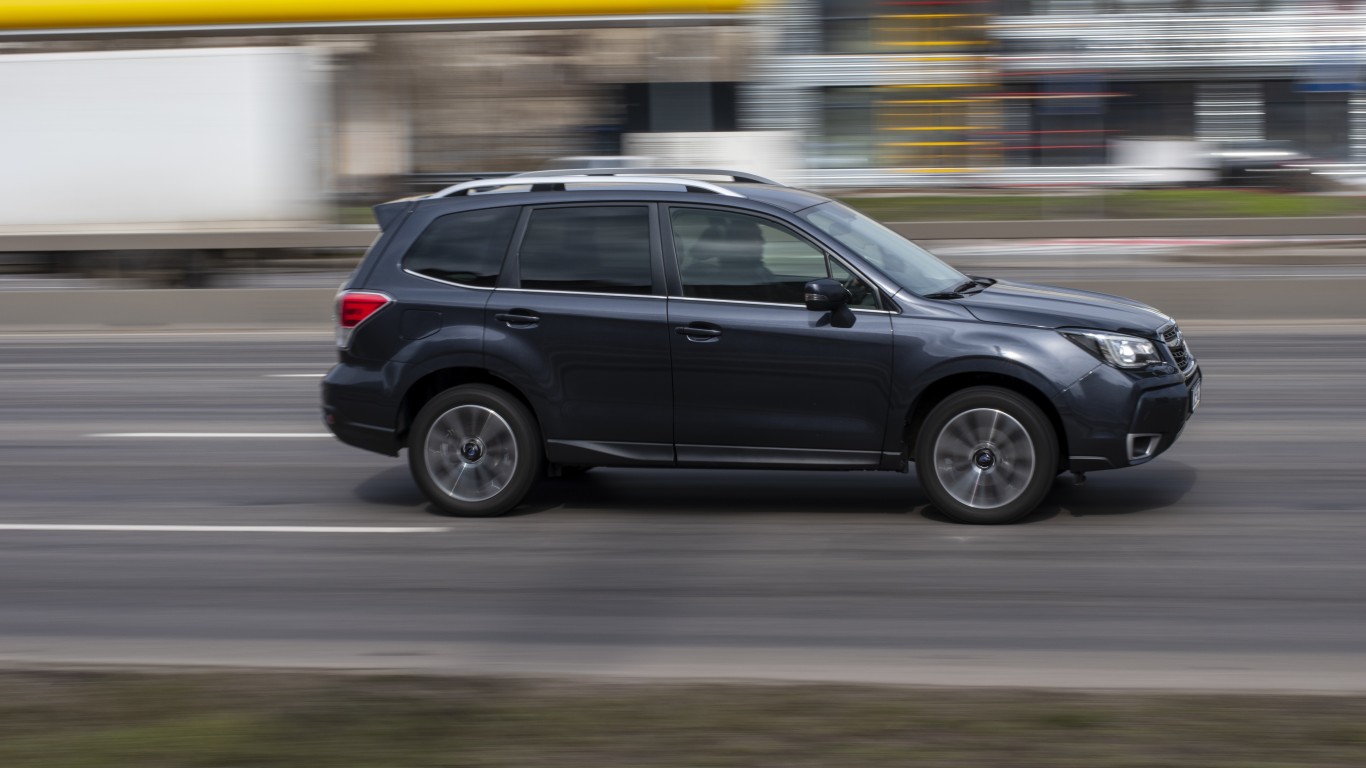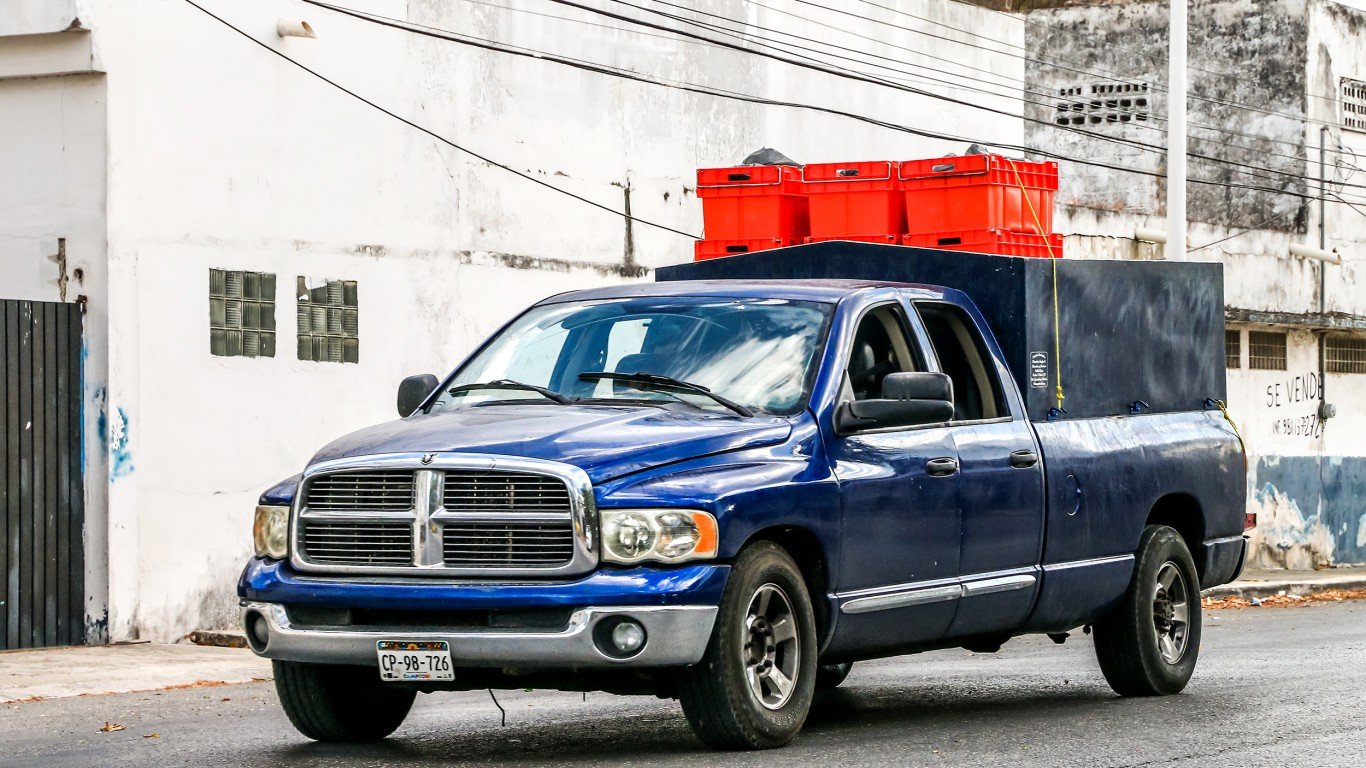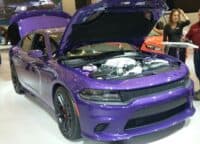

As one of the largest SUVs on the road today, the Chevrolet Suburban is a definite people mover. Whether you’re a family that loves road trips or want to carpool the whole soccer team, the Chevy Suburban is the exact car to get these jobs done. Now in its 12th generation, the Suburban has been on the road in one form or another since 1935.
Of course, with that many model years available, the longest-run car nameplate in the world has had its share of issues. Despite appearing in 1,750 movies and counting, the Suburban is not a perfect vehicle. It’s with this in mind that we look at websites like FIXD, CarComplaints, and CoPilot to help us understand the best and worst model years in the Suburban’s 89-year history.
Avoid: 2004

Tied as the second worst year in modern-day Chevy Suburban history, 2004 was a year Chevy would like to move past. With around 500 NHTSA (National Highway Transportation and Safety Administration) complaints according to CarComplaints, there were some concerns right from the start. In 2004, the single biggest concern for Suburban owners focused on electrical systems, specifically the dashboard.
What Suburban owners complained about most was the speedometer showing the wrong speed. A huge safety risk, there were hundreds of mentions around the control panel for the driver just shorting out. On top of electrical, you also had 108 separate complaints about braking. These complaints were focused mostly on the anti-lock system not engaging at low speeds putting the driver and passengers at risk.
Avoid: 2007
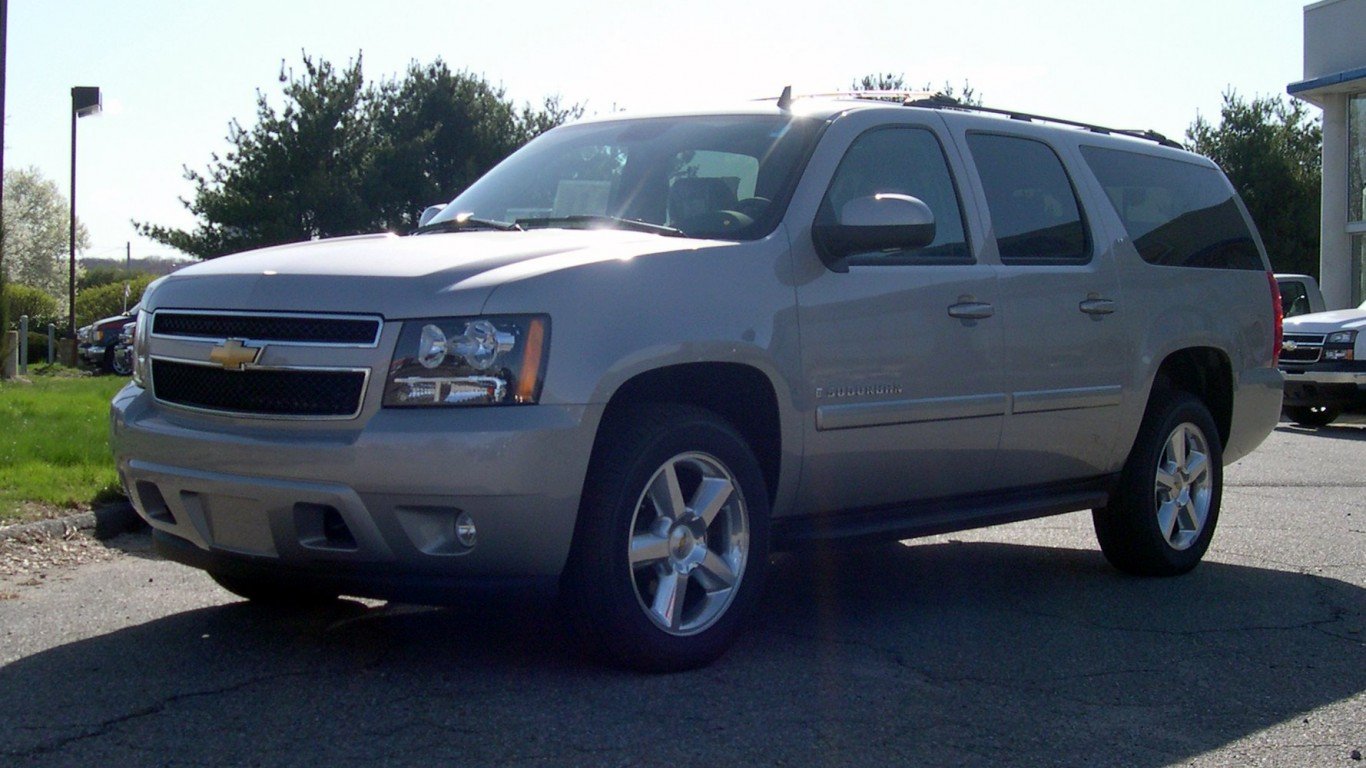
Widely viewed as the Suburban’s worst year since NHTSA complaints started being tracked, 2007 was a tough model year. Even CarComplaints gave the Suburban its “Beware of the Clunker” seal, validating 2007 as one of the car model’s worst years. Further solidifying this “worst model year” claim is the Suburban’s highest number of NHTSA complaints at 577.
One of the biggest troubles in 2007 focused on the transmission failing at higher mileage. According to owners, the cost of a repair for a failed transmission started at $3,000. This is on top of concerns Chevy received about Suburban airbags not properly deploying. Thankfully, two of the four recalls issued in 2007 were related to this airbag concern, but the fix wasn’t created until 2021.
Avoid: 2008
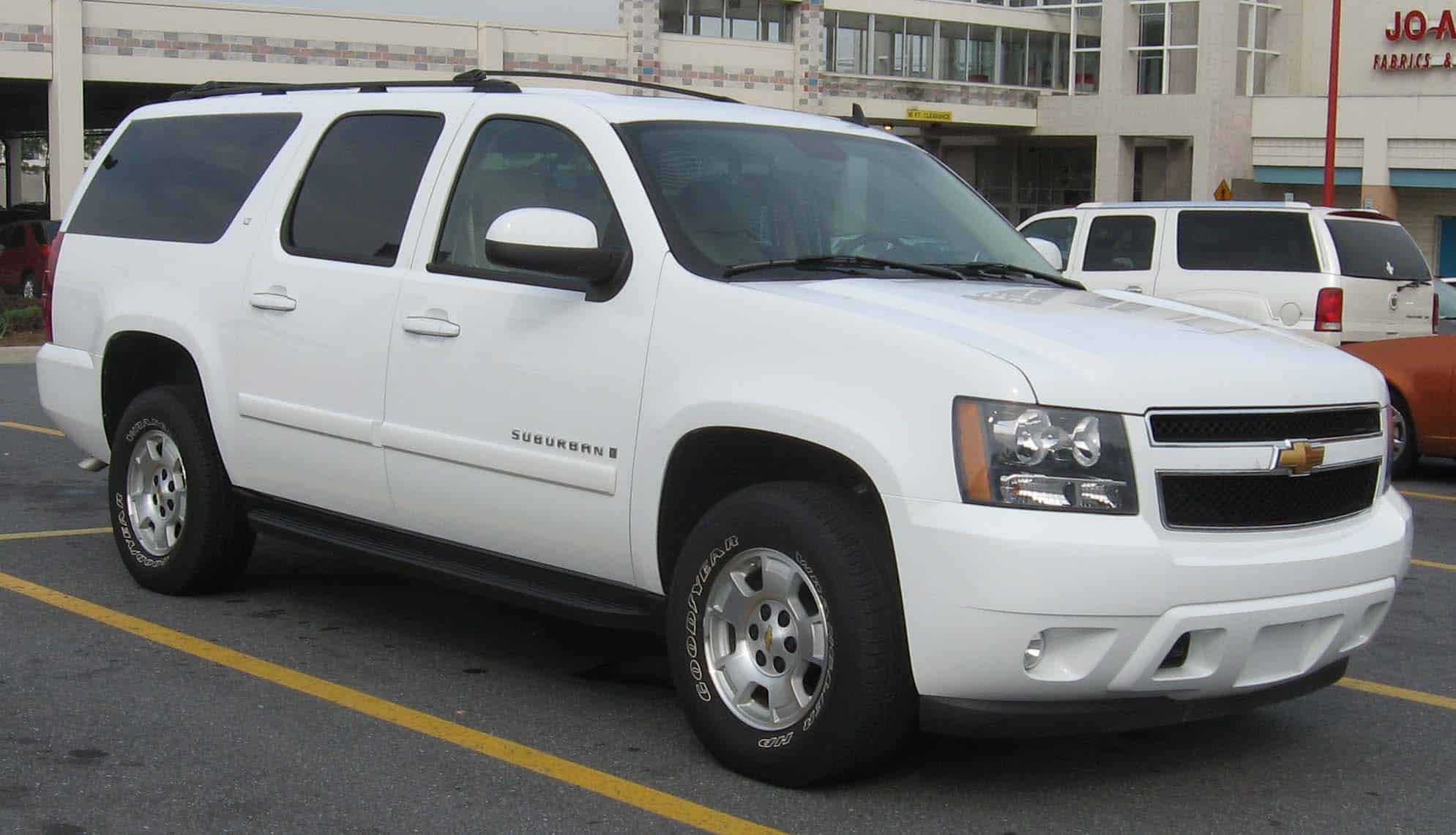
The good news in 2008 is that NHTSA complaints dropped year-over-year from 2007. The bad news was that 410 complaints were still received. Tops among these complaints are the 137 owner concerns focusing again on airbag deployment issues. According to CarComplaints, at least 2 injuries in the 2008 Chevy Suburban model can be directly attributed to these airbag issues. Similar to 2008, two recalls were issued, but the problem was not fixed in over 2.6 million Suburbans until 2021.
However, airbags were not the only concern Suburban owners had to deal with in 2008. There was also a major issue focused on dashboard cracking. Owners claimed these cracks would suddenly appear without warning costing hundreds of dollars to fix. Top this off with excessive oil consumption challenges in a gas-guzzling vehicle and it’s this combination of things that makes 2008 a model year well worth avoiding.
Avoid: 2015
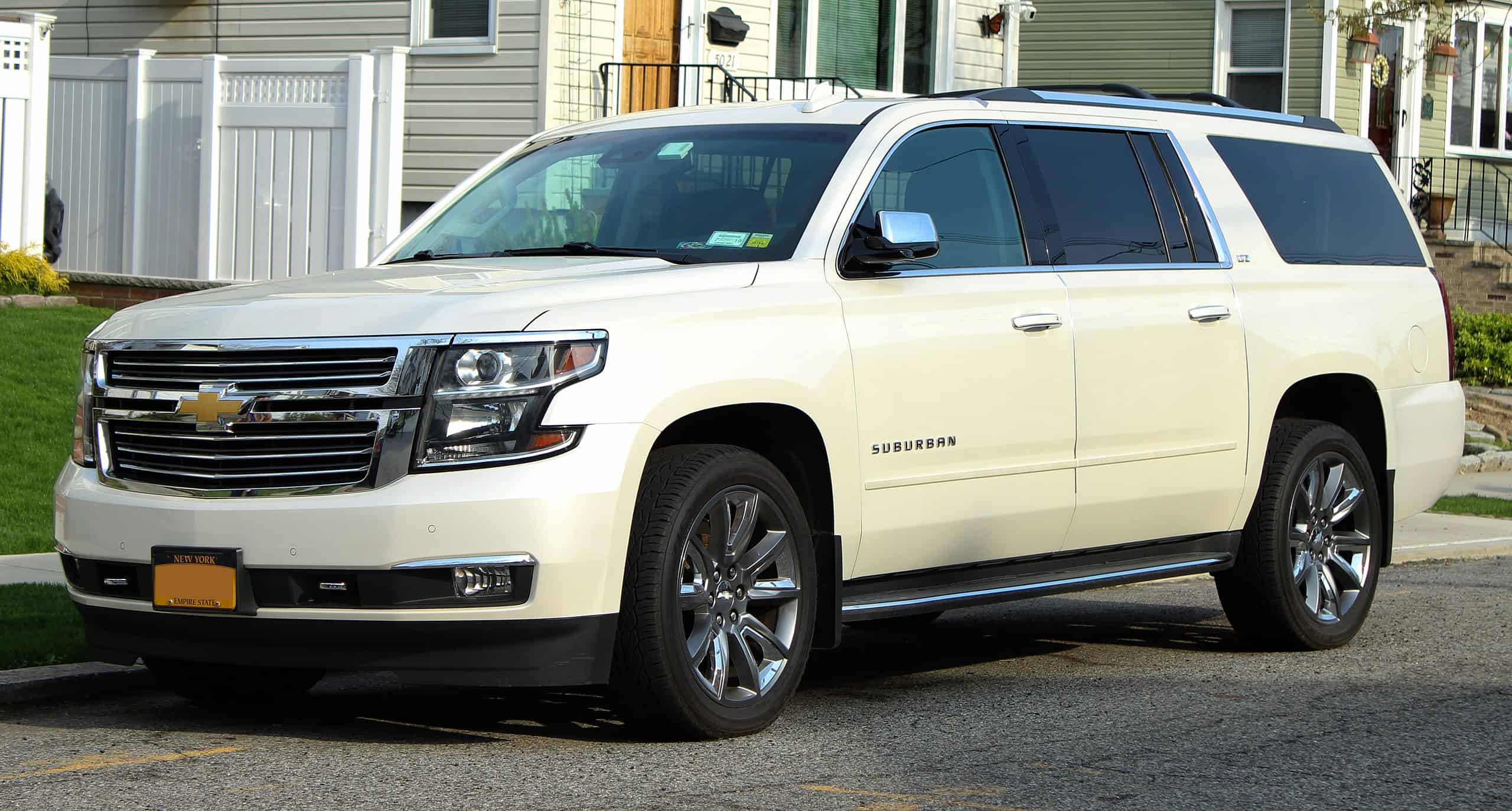
When you look at the 2015 Chevy Suburban, you learn that 512 NHTSA complaints were filed. This puts the 2015 and the 2004 model years in close contention as the second-worst releases in Suburban history. The largest concern in 2015 centered around braking issues, specifically after the 55,000 – 60,000-mile mark. According to owner reports, brakes would just randomly stop working after this point causing at least $1,000 in repairs.
What makes 2015 so concerning is that many of the issues that make this a year to avoid all happened at relatively low mileage. Even troubles with the rear lift gate not opening or water leaking into the cabin all occurred at lower mileage numbers. Seeing these problems past the 100,000-mile mark wouldn’t be as uncommon, but watching them happen at under 50,000 miles is cause for alarm.
Avoid: 2016

The last major year to avoid Suburbans is 2016 with 230 plus NHTSA complaints. Before even getting into NHTSA complaints, one major concern is the NHTSA safety rating. With only 3 stars provided for rollover protection, it’s a cause for alarm for anyone who might not be comfortable driving such a large vehicle. If you’re confident about not rolling the vehicle over, 72 complaints focused specifically on the brakes not properly engaging at low speeds.
While not properly braking is a huge and dangerous issue, there are even more reasons to avoid the 2016 Chevy Suburban model. Another major fear was transmission failure, which would cost you well over $4,000 if it happened to you as the owner of a 2016 Suburban. Wait, there’s one more thing as the 2016 model also had an A/C issue breaking down at low mileage.
Own: 2010
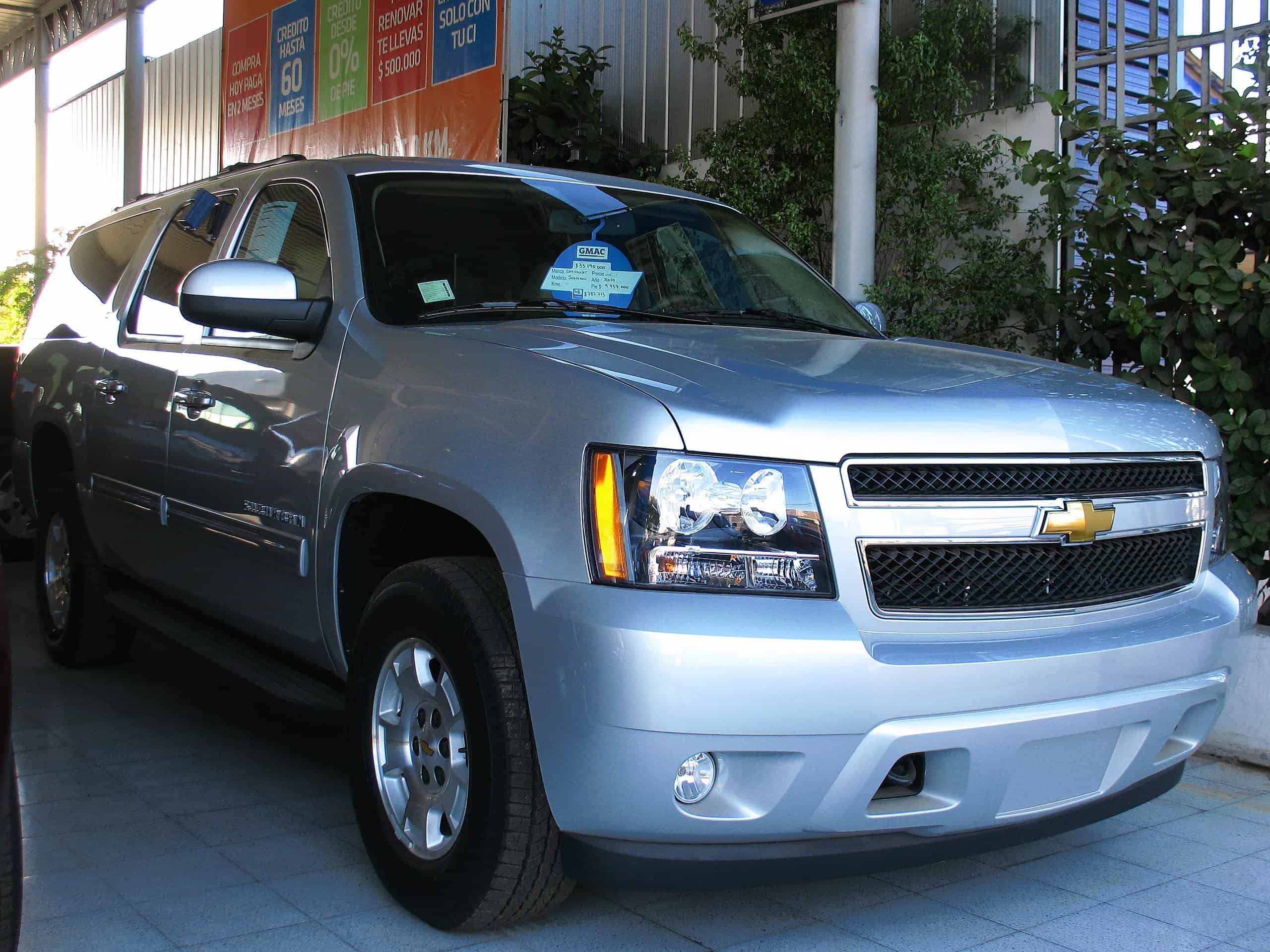
The good news is that for every avoidable model year for the Chevy Suburban, there are models worth owning. One of those years is 2010, with strong ratings for reliability across the board. While 2010 still had 227 NHTSA complaints, only 79 of those focused on airbag issues. It’s clear that airbags were a major concern this model year, but this was the only major complaint from Suburban owners.
On the flip side, reputable publications like J.D. Power offered the 2010 Suburban excellent results. Receiving high scores of “Great” for both the driving experience and resale values, there is a lot for 2010 Suburban owners to enjoy right away. Consumer Reports also jumped in on the 2010 model praising seating for nine people, while still having enough room for luggage. Not to mention towing capacity with the 2010 Chevy Suburban was plentiful.
Own: 2013
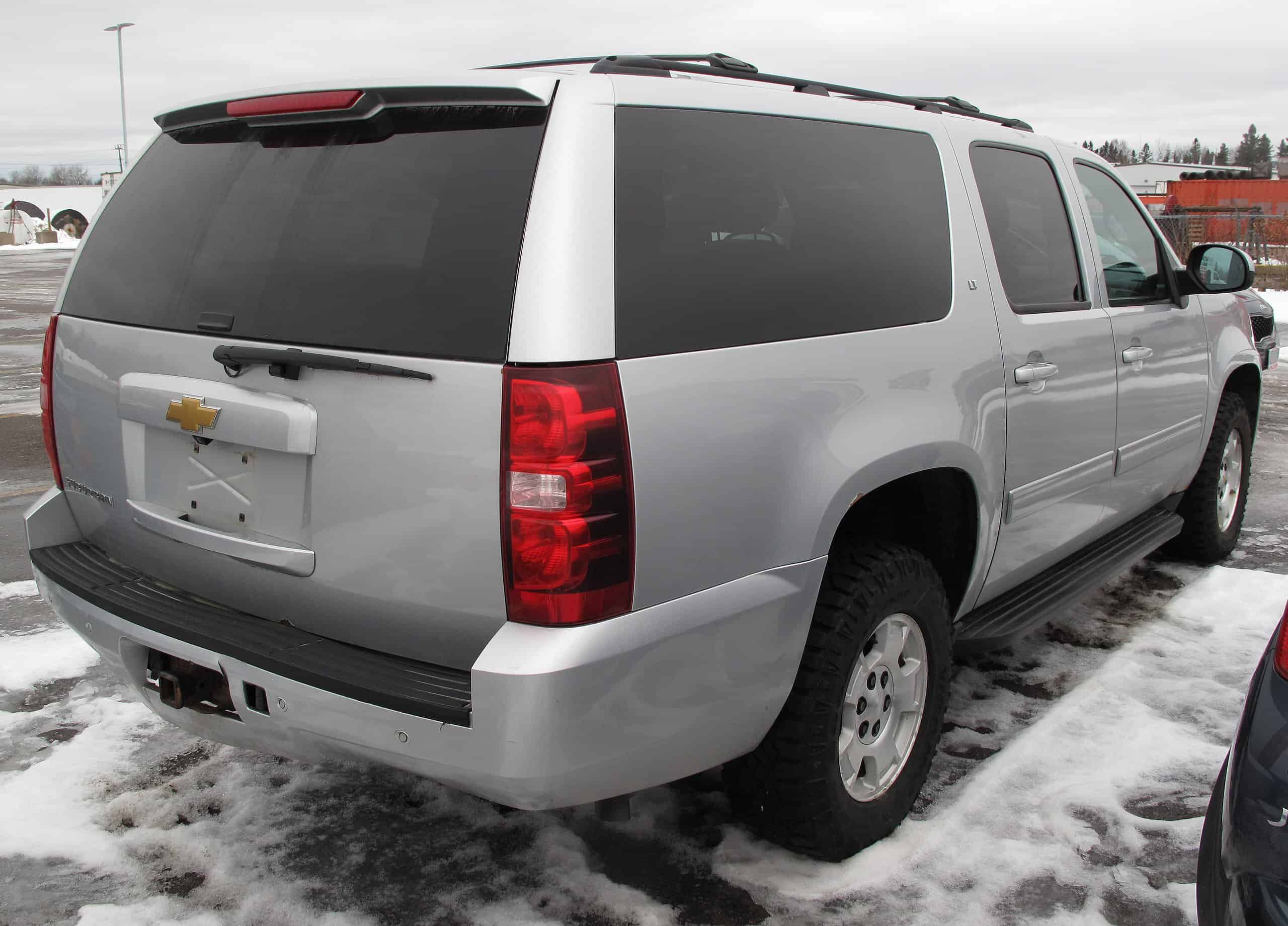
There are going to be some question marks around the 2013 model year as it did have an issue with excessive oil consumption. However, it also had under 100 NHTSA complaints, which counts for something. As no model year can be perfect, we have to look at the whole picture to decide which car model years were the best ones to avoid. In this case, you have solid ratings from both J.D. Power and Consumer Reports, both of which praised towing capacity, reliability, and a comfortable ride.
When you factor in five-star NHTSA ratings across every aspect outside of rollover, it’s clear Chevy was working overtime to increase the Suburban’s strengths. What’s most important was that the safety scores were above average for the largest SUV category, which is a real strength for this model year.
Own: 2017
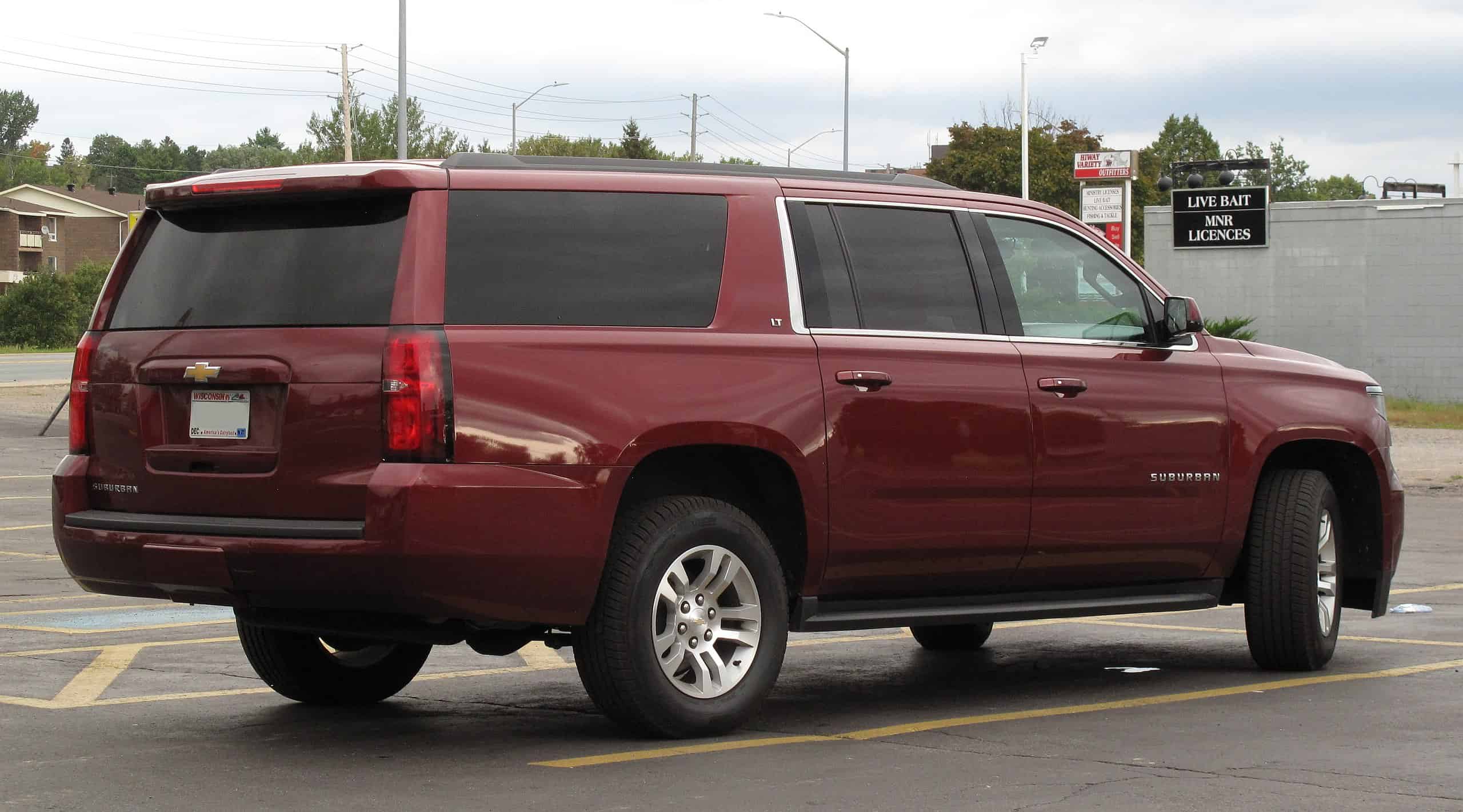
With NHTSA complaints still hovering around the 100 mark, 2017 is yet again, another year worth owning. There was an issue around unintended braking, which makes up the majority of the NHTSA concerns. Fortunately, this issue was rectified in a safety recall in October 2019. Beyond the brakes, things are looking up for the Suburban in 2017. Not only does it continue the same strong NHTSA safety ratings, but other upgrades are welcomed.
Updates to the safety features in the LT and LTZ models were included as were more comfortable seats. Of course, seating is a primary reason to buy the Suburban so rest assured that seven people and luggage fit very comfortably. If you go with the base LS model, you have seating for up to 9 people, something few SUVs can hope fo. As a final bonus, J.D. Power awards the #2 spot as its best large SUV for 2017.
Own: 2018
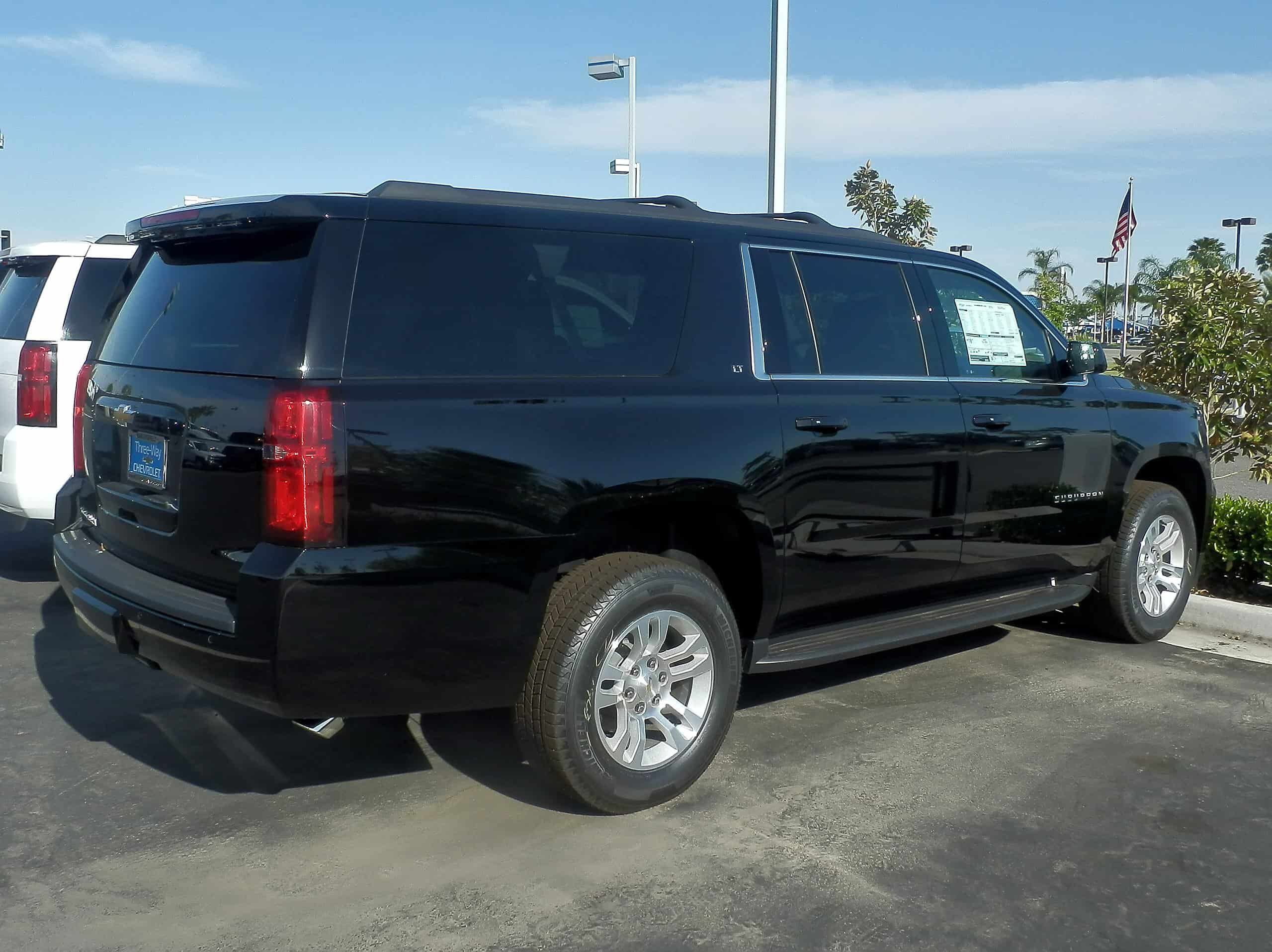
Fast forward one year to 2018 and it’s improving on an already strong 2017. J.D. Power feels the same way as the 2018 Chevy Suburban now has scores of “Great” across the board. Better yet, you’re now below 50 NHTSA complaints, which continues the strong turnaround Chevy is making with its largest SUV to address previous owner concerns. Even the braking issues from last year significantly reduced the overall complaint volume.
While 16 MPG won’t win a whole lot of awards for overall gas consumption, accounting for the size of the Suburban, it’s a pretty strong number. Of course, you can’t forget that the LT and Premier models now have a much more comprehensive set of electronic safety standards. In addition, Chevy has continued to work year-over-year to increase the ease of use of its infotainment system.
Own: 2020
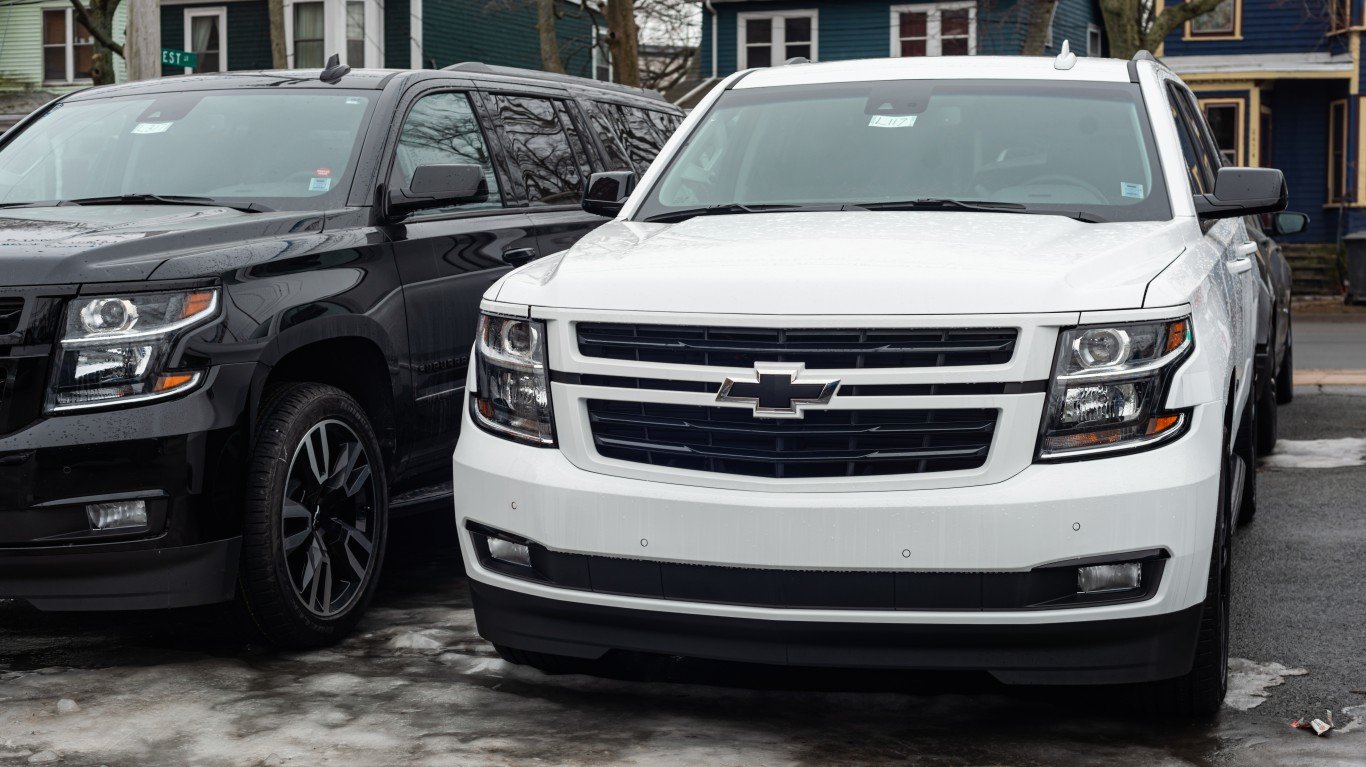
In the last year of the 11th generation Chevy Suburban, the carmaker that is best identified with Americana has worked out all of the bugs. There is little doubt the 2020 Suburban went out with a bang, especially when you consider you have less than 20 NHTSA complaints filed to date. There are almost no NHTSA complaints related to braking or airbags, two problems that had plagued the Suburban a decade earlier.
J.D. Power also has a strong rating in 2020, especially around resale value. This is great news as generally speaking, older generation models can diminish in value. Along with resale value, you still have plenty of thrills about being able to safely move seven people comfortably. Rest assured the Suburban is the perfect road-trip vacation vehicle. This is even more true when you consider NHTSA safety ratings have remained high with five stars across the board safe for rollover.
Thank you for reading! Have some feedback for us?
Contact the 24/7 Wall St. editorial team.
